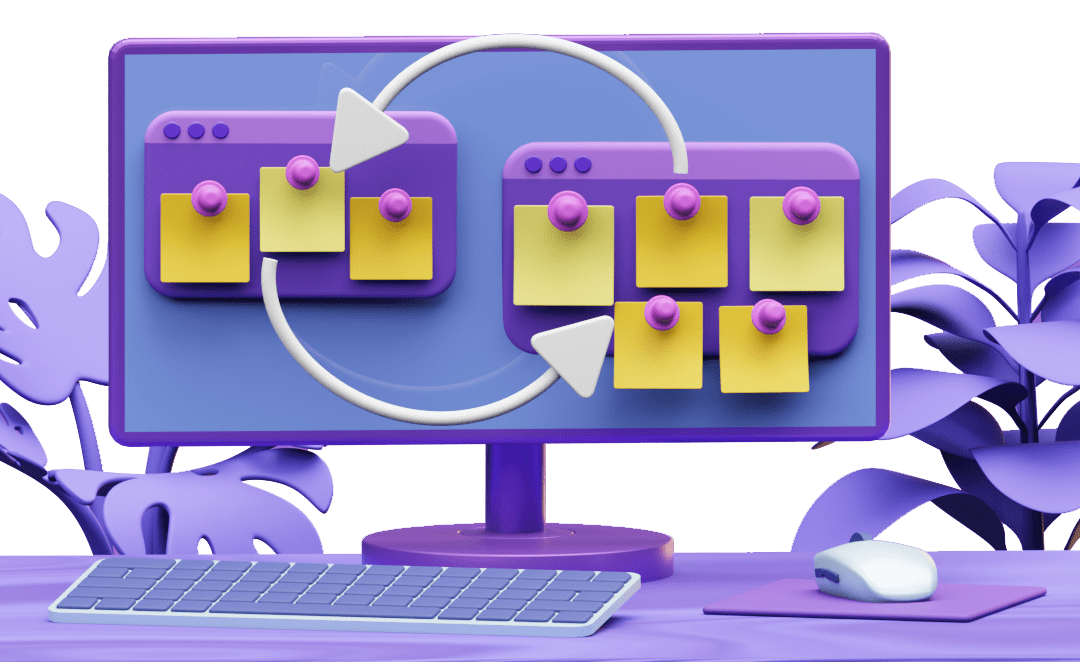Methodologies
A rundown of the most efficient project management methodologies and frameworks you can use to manage your project.
Methodologies
A rundown of the most efficient project management methodologies and frameworks you can use to manage your project.

